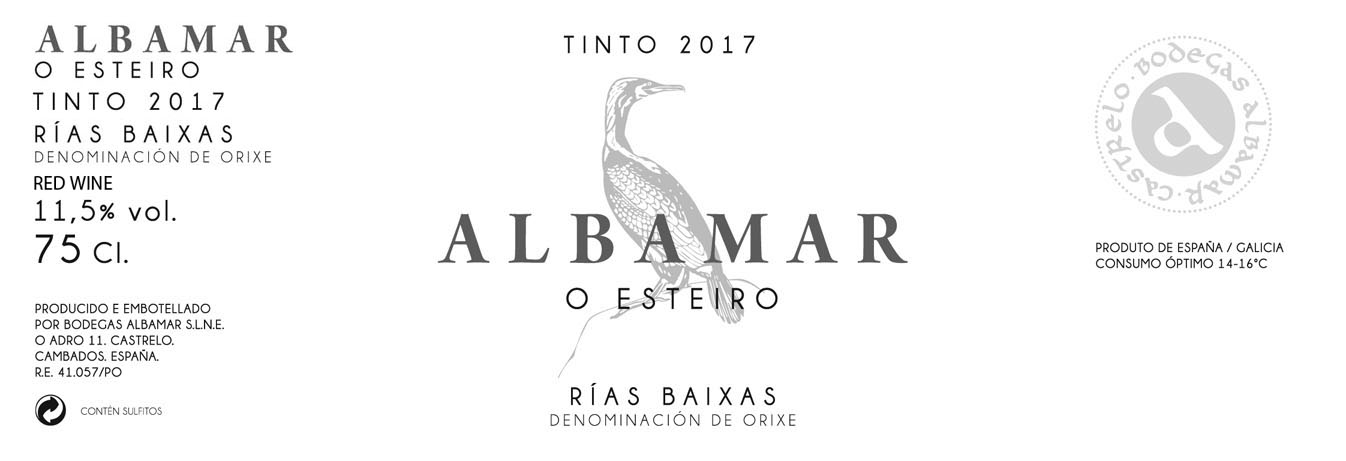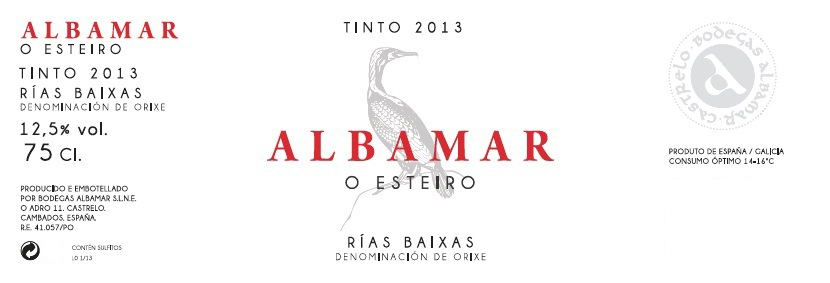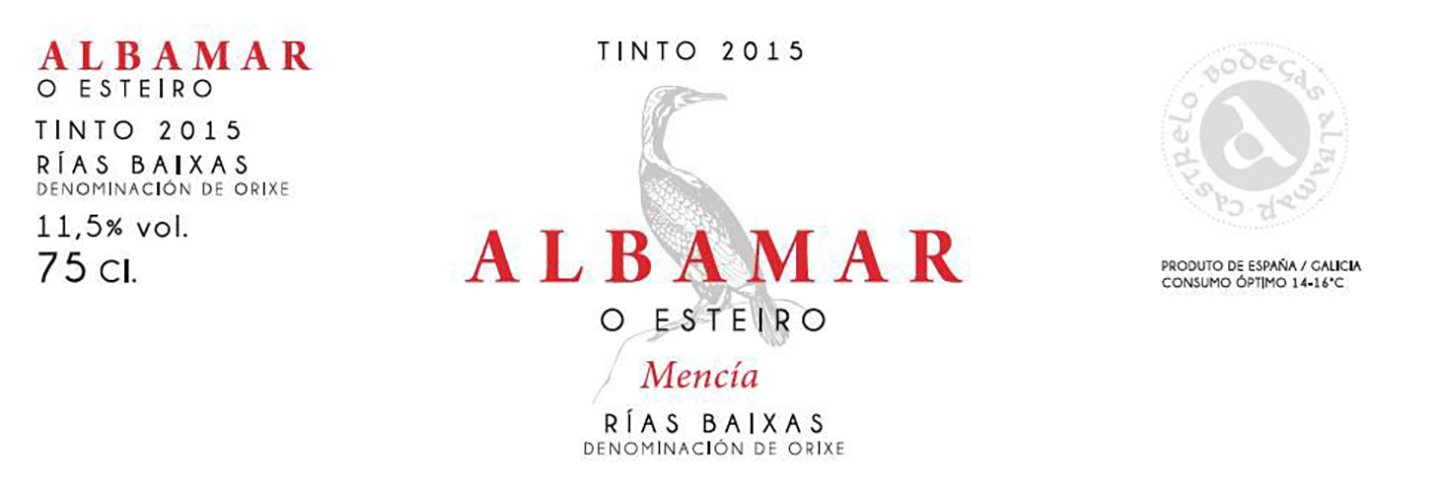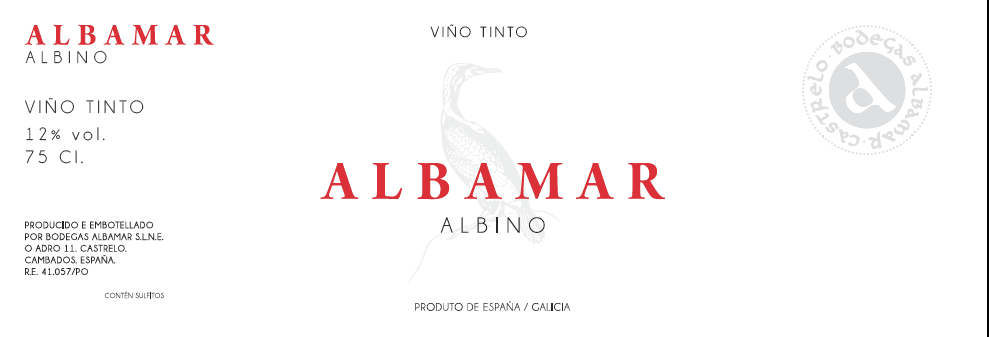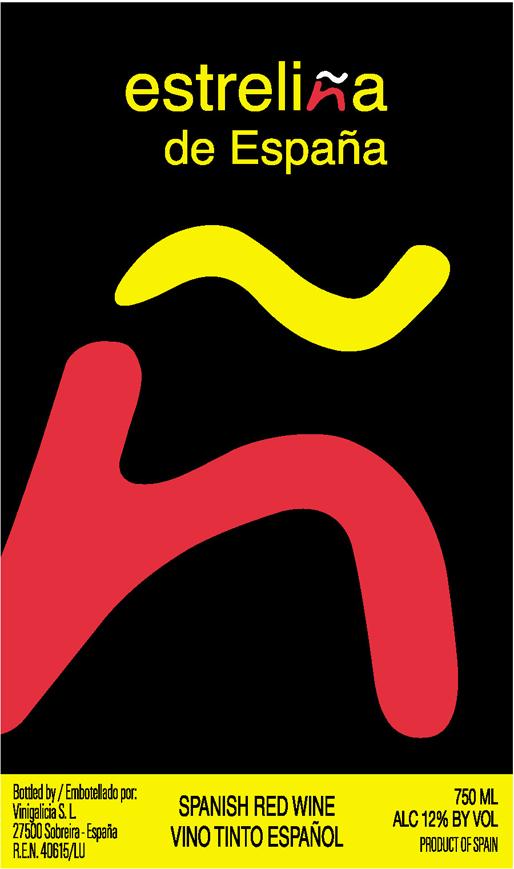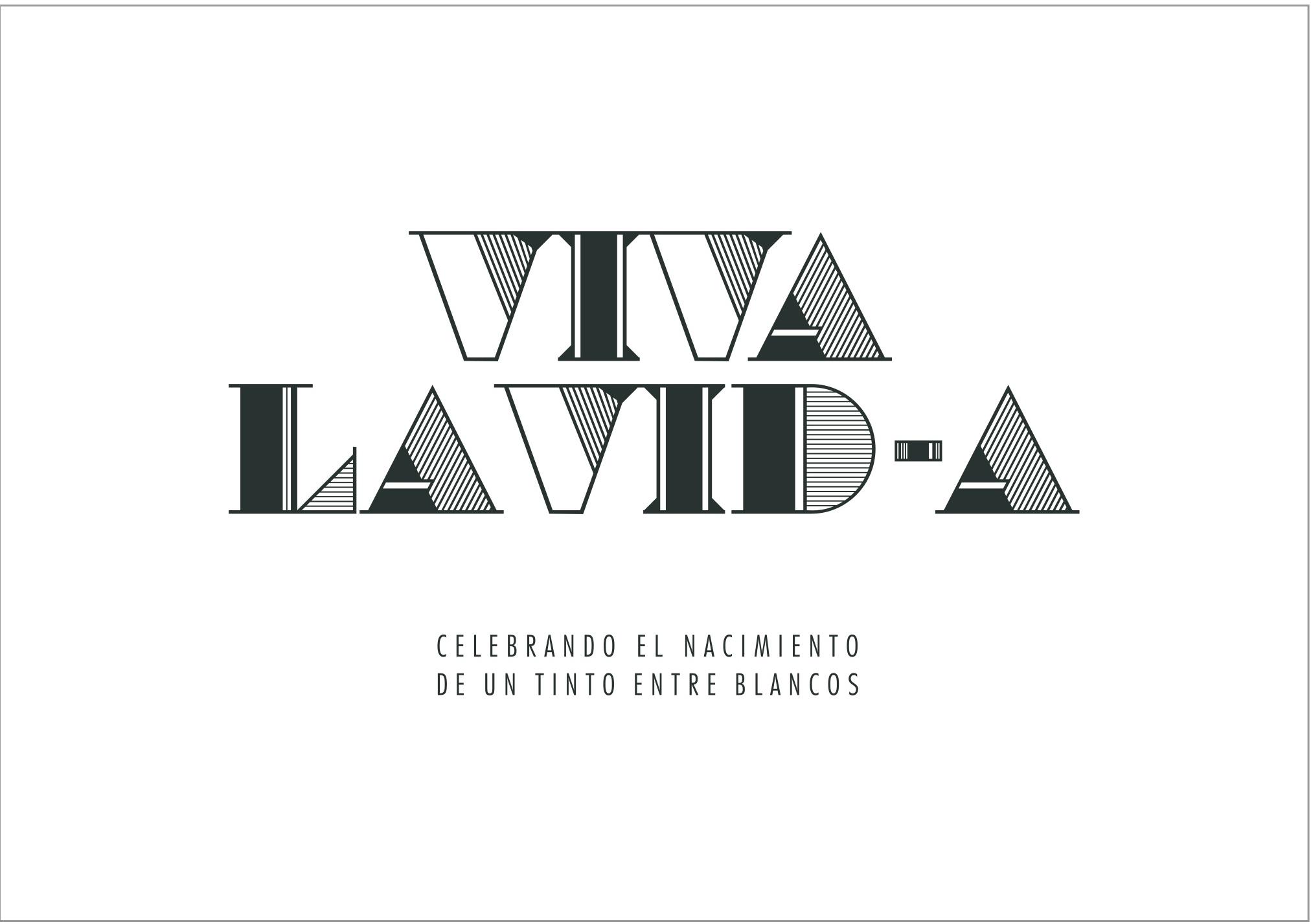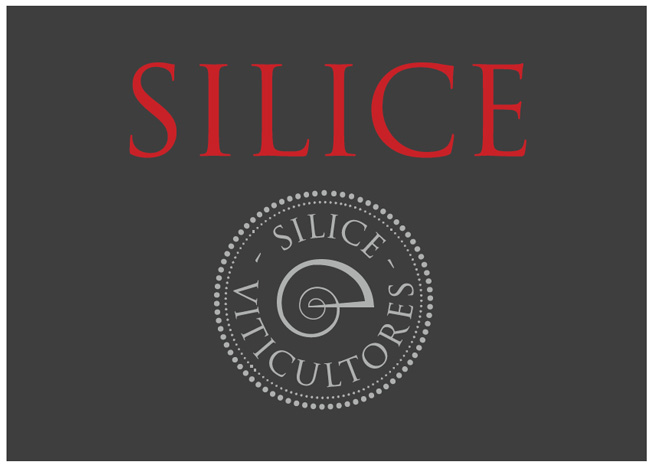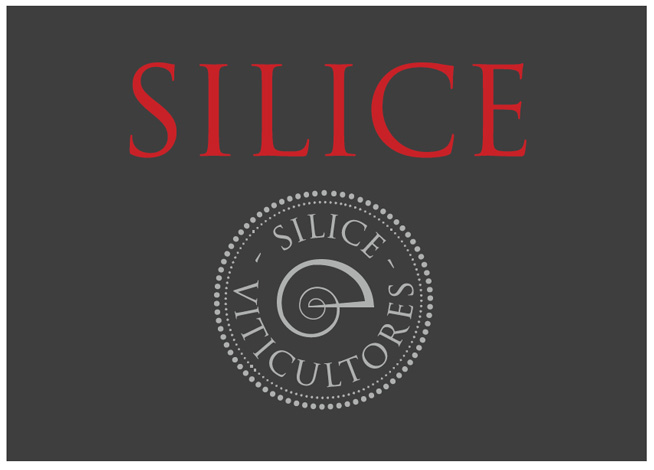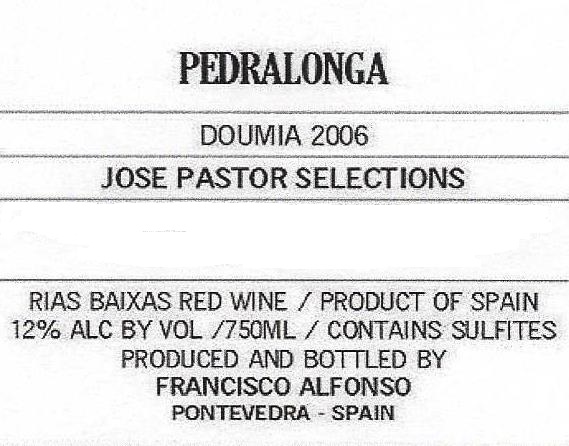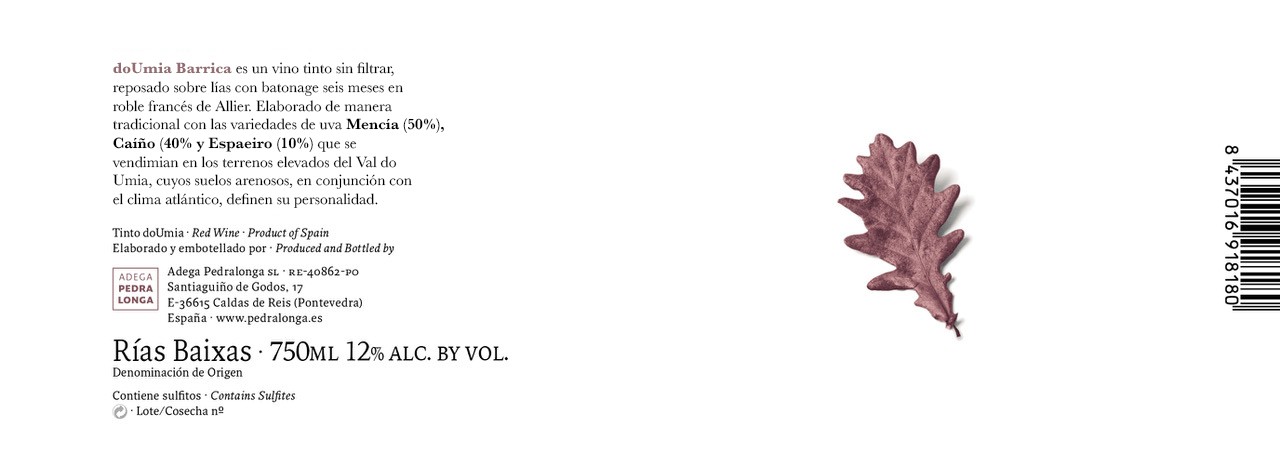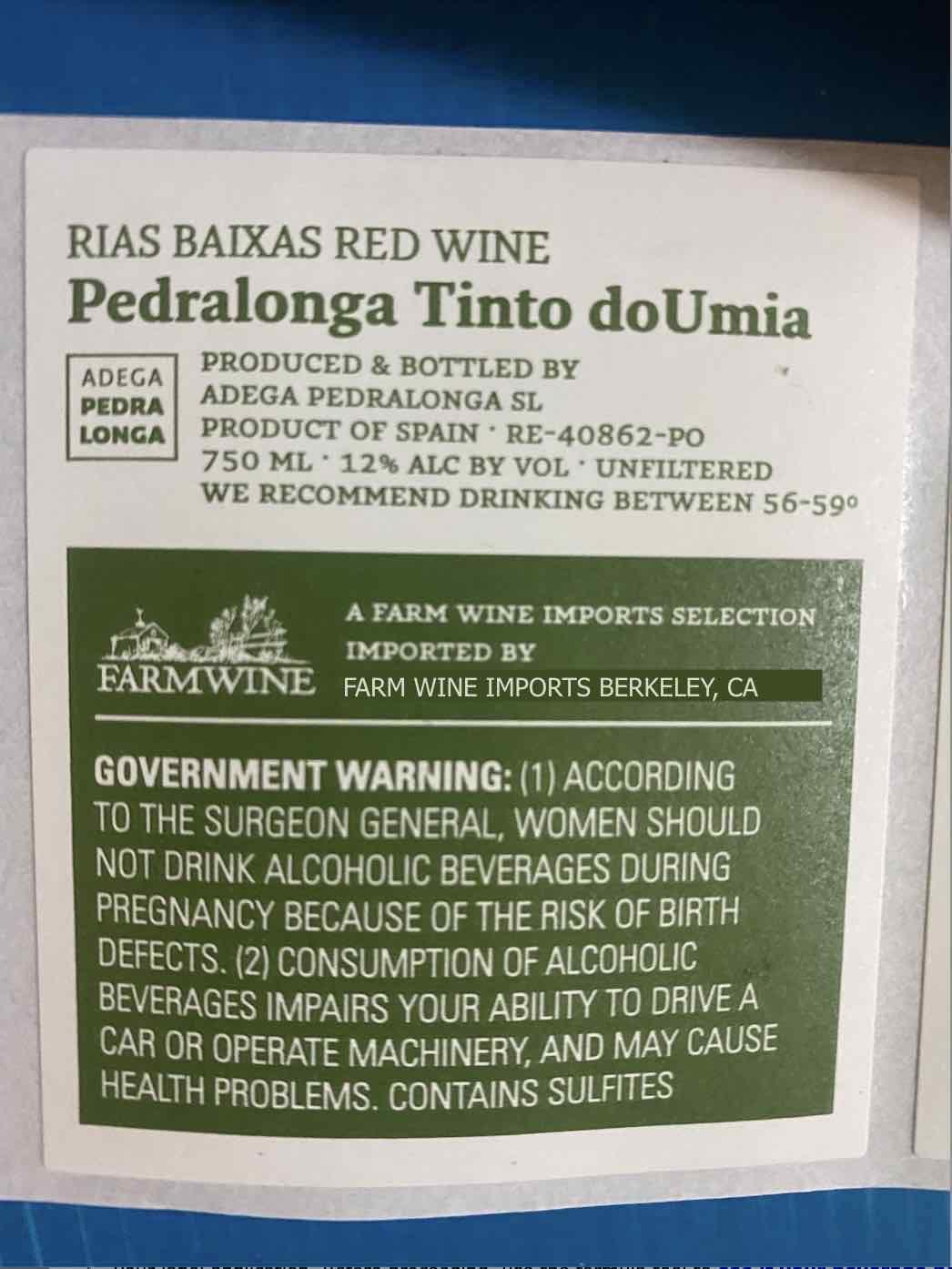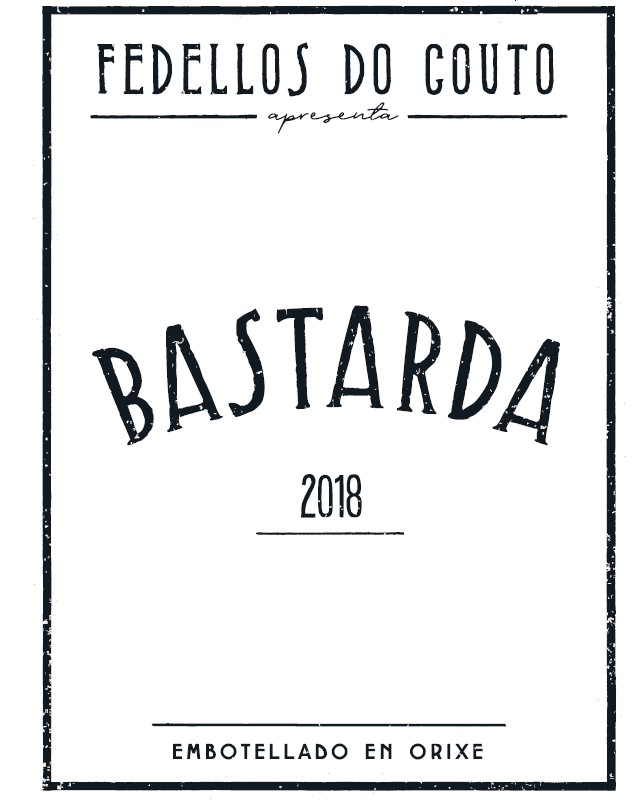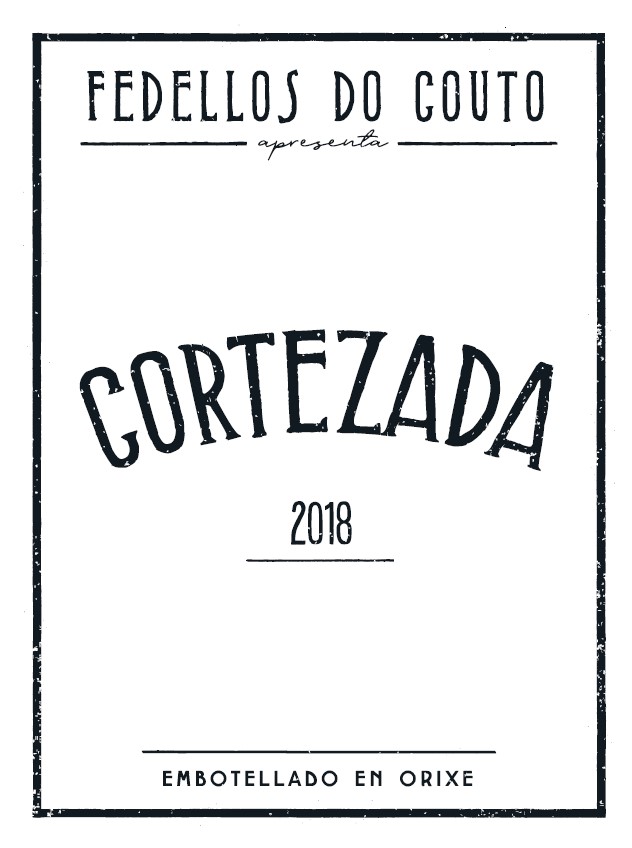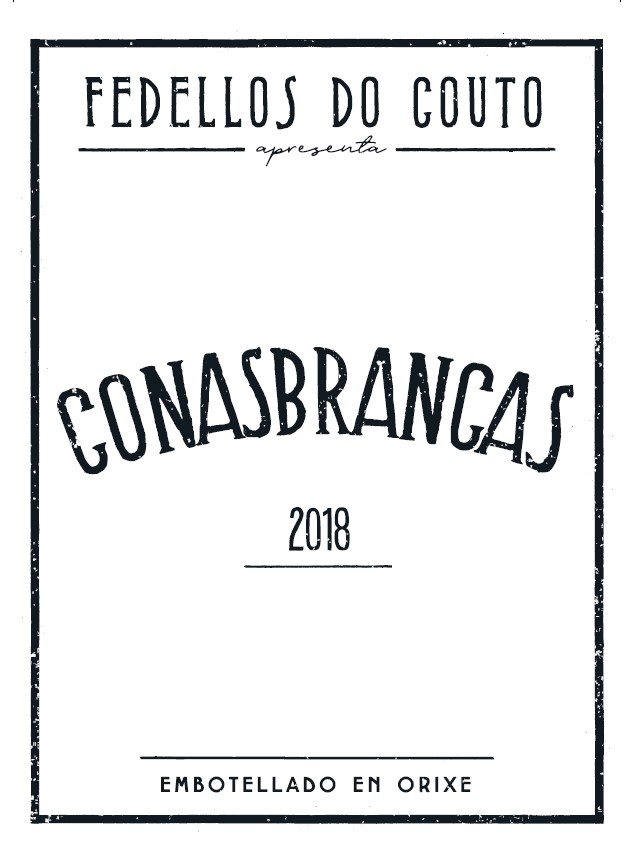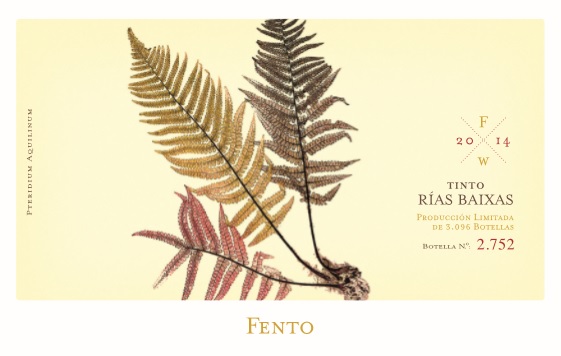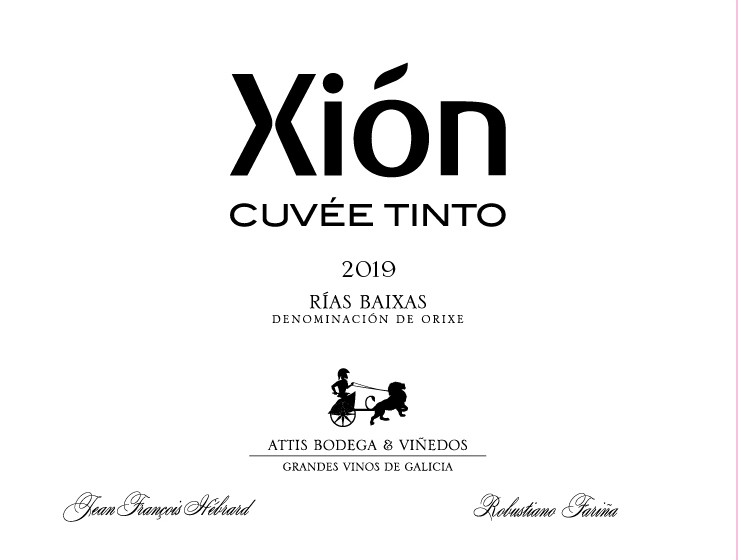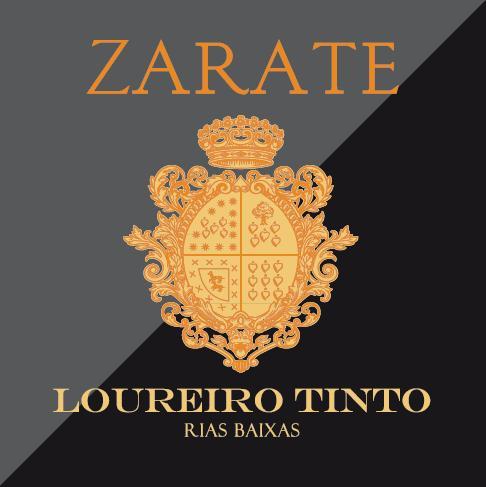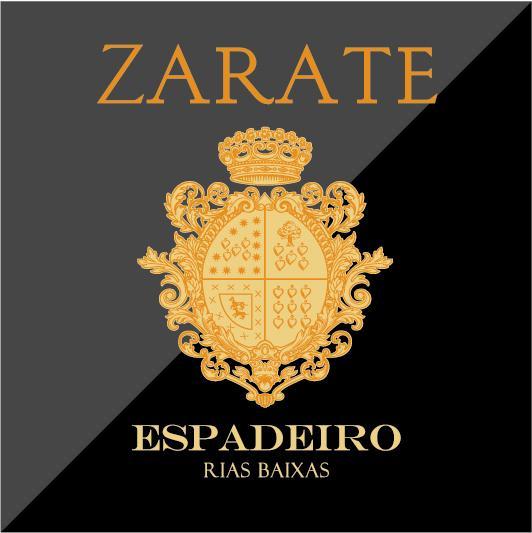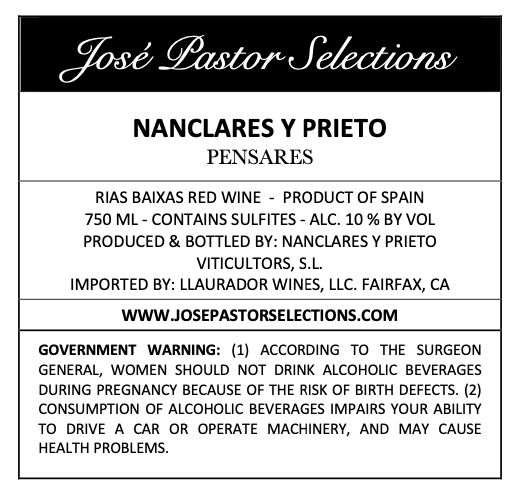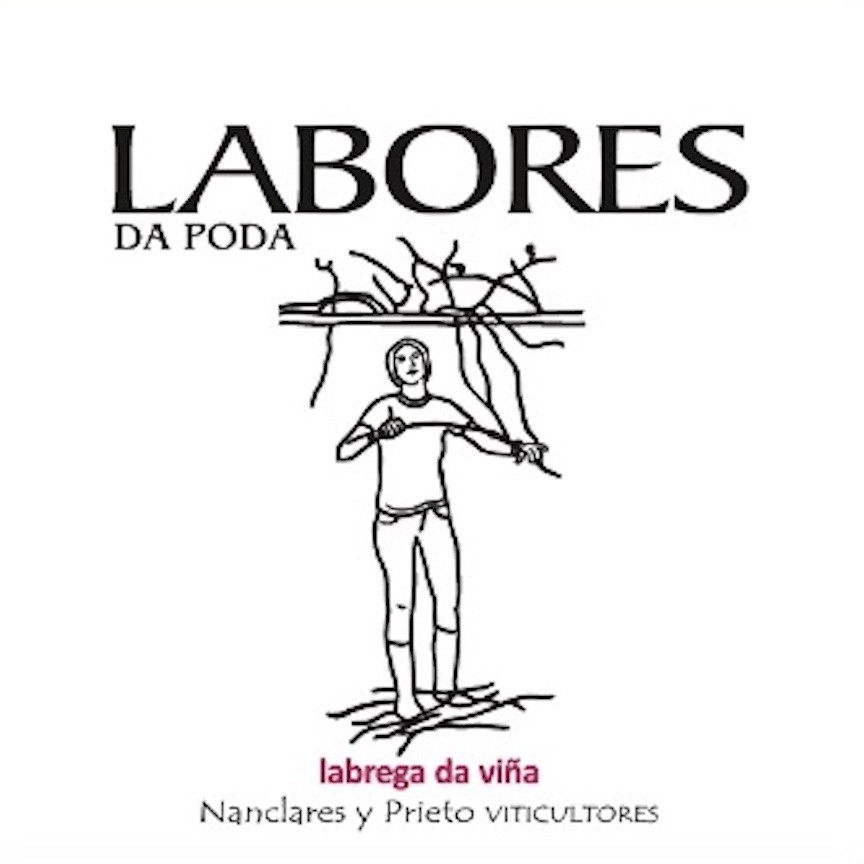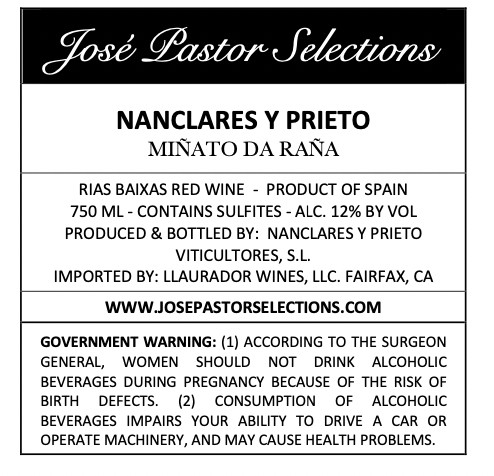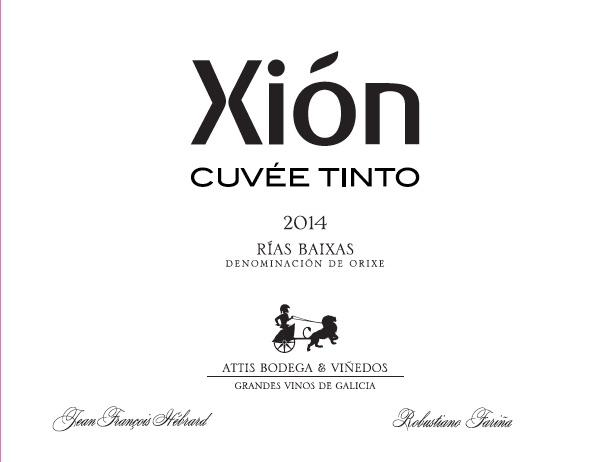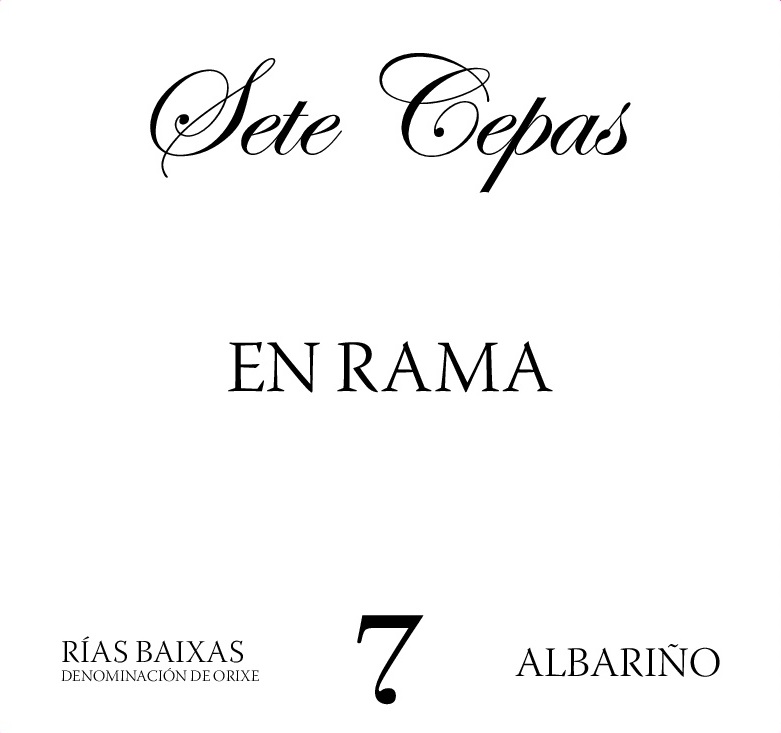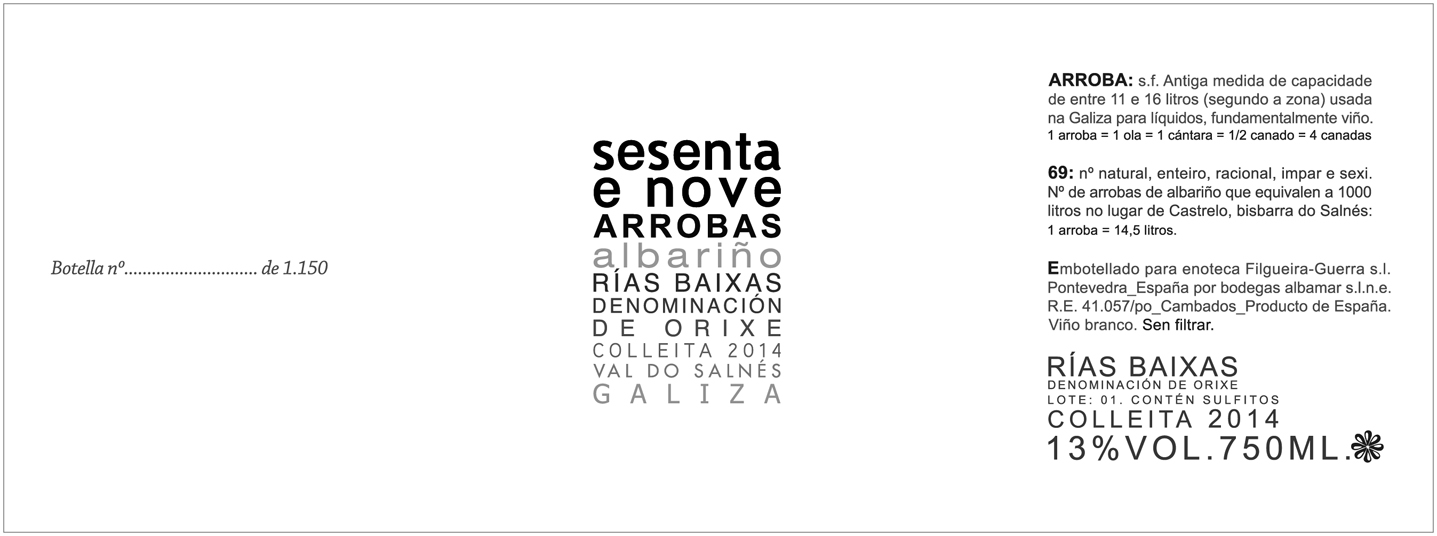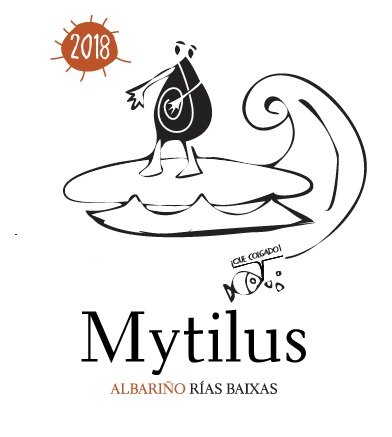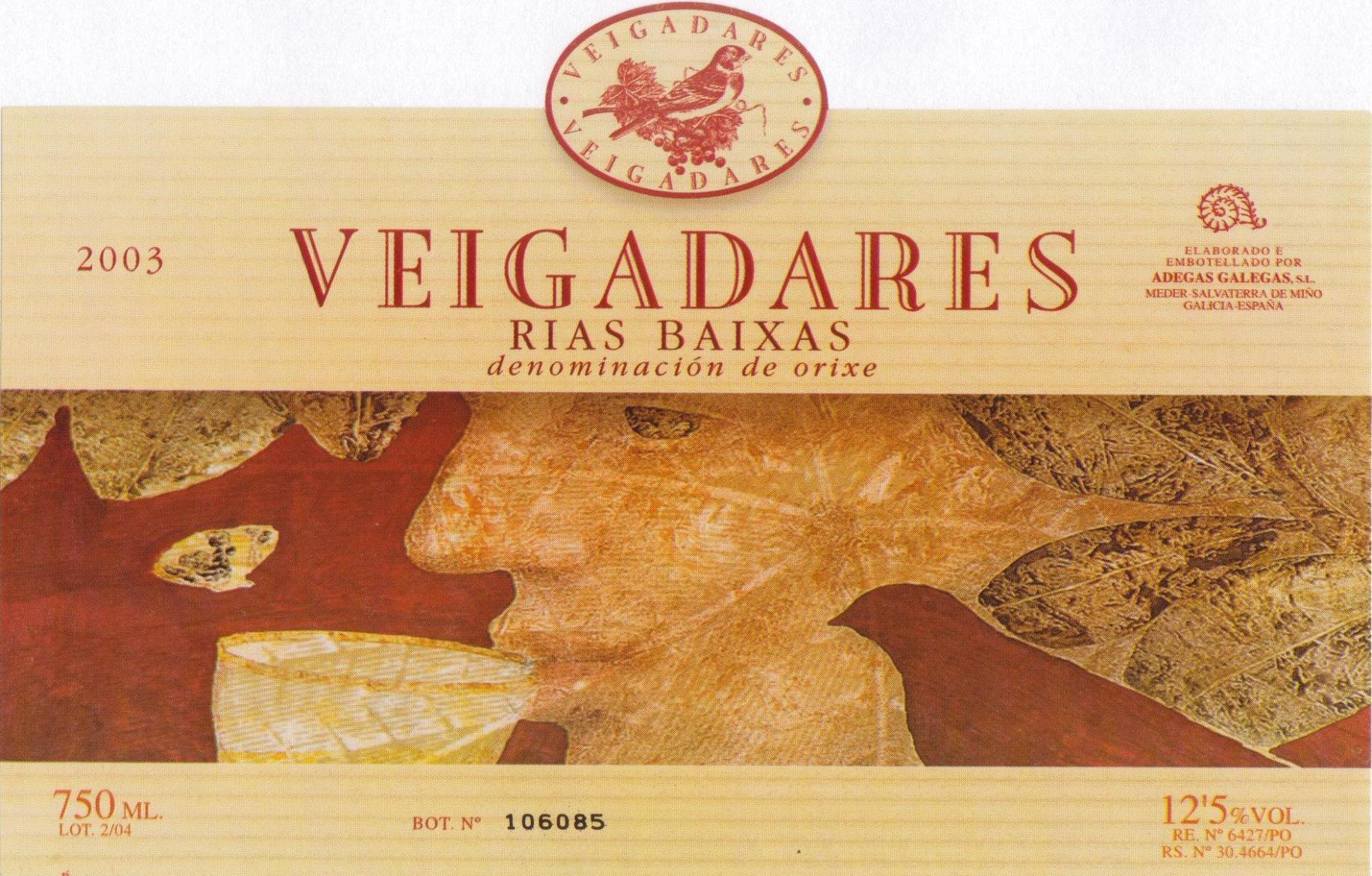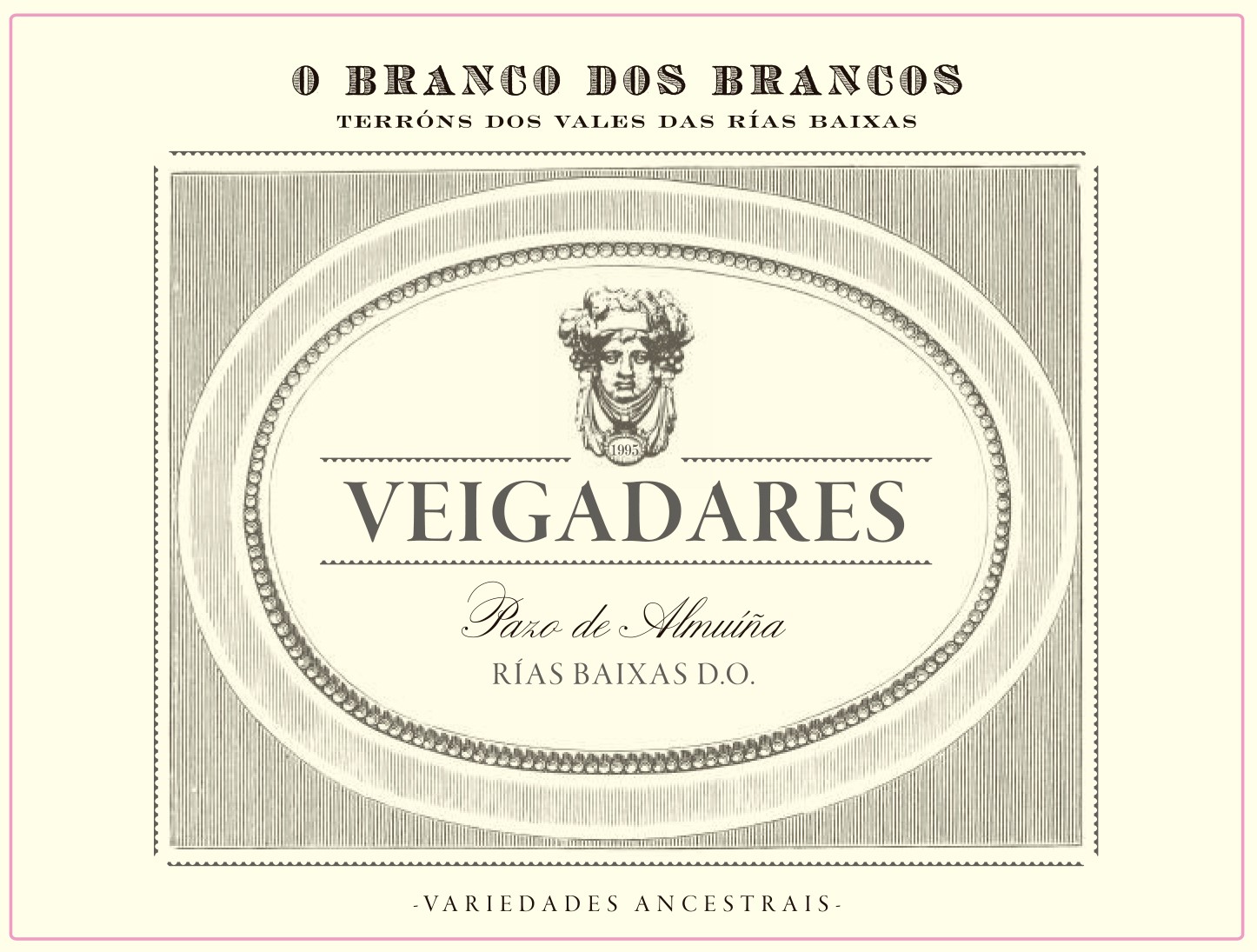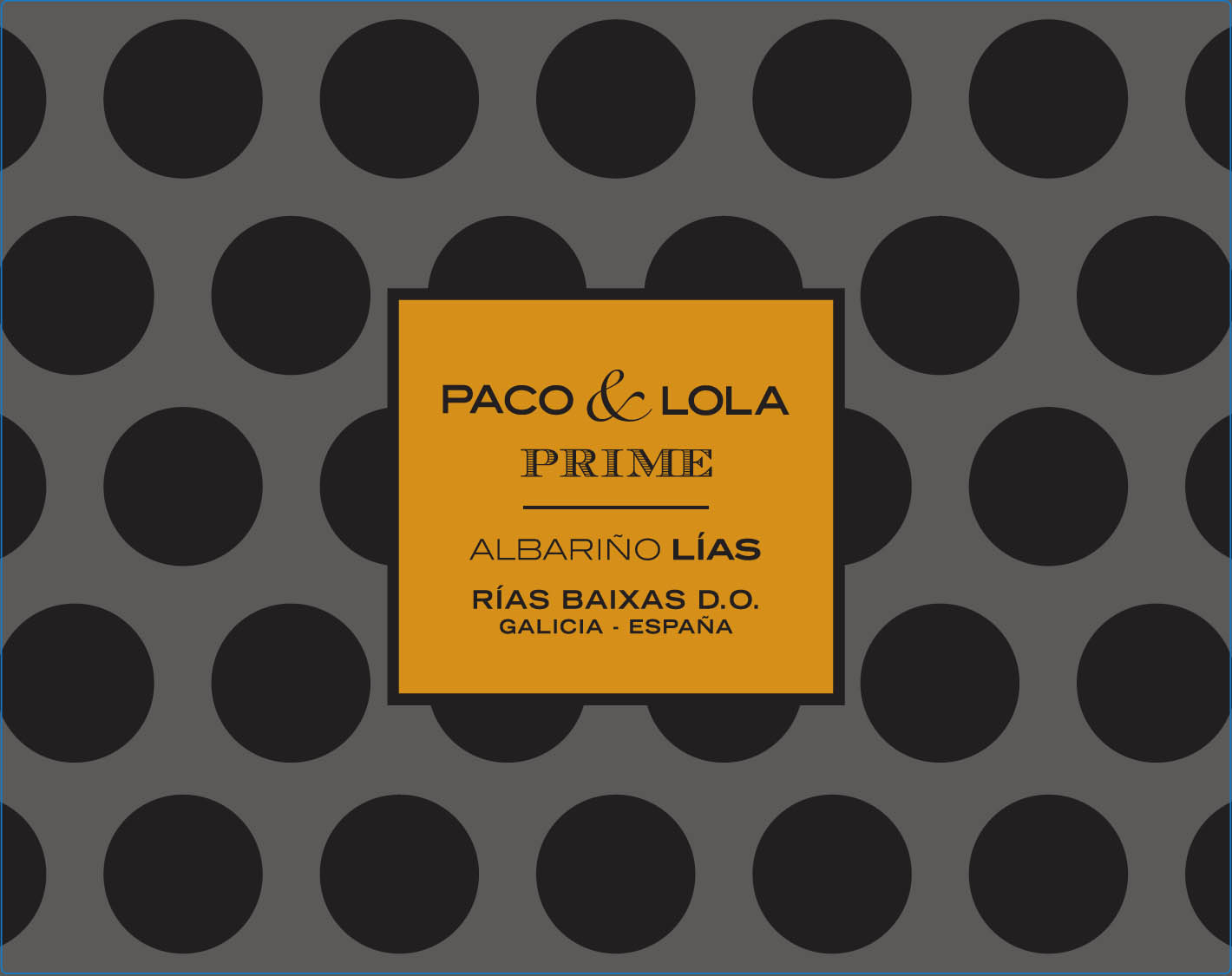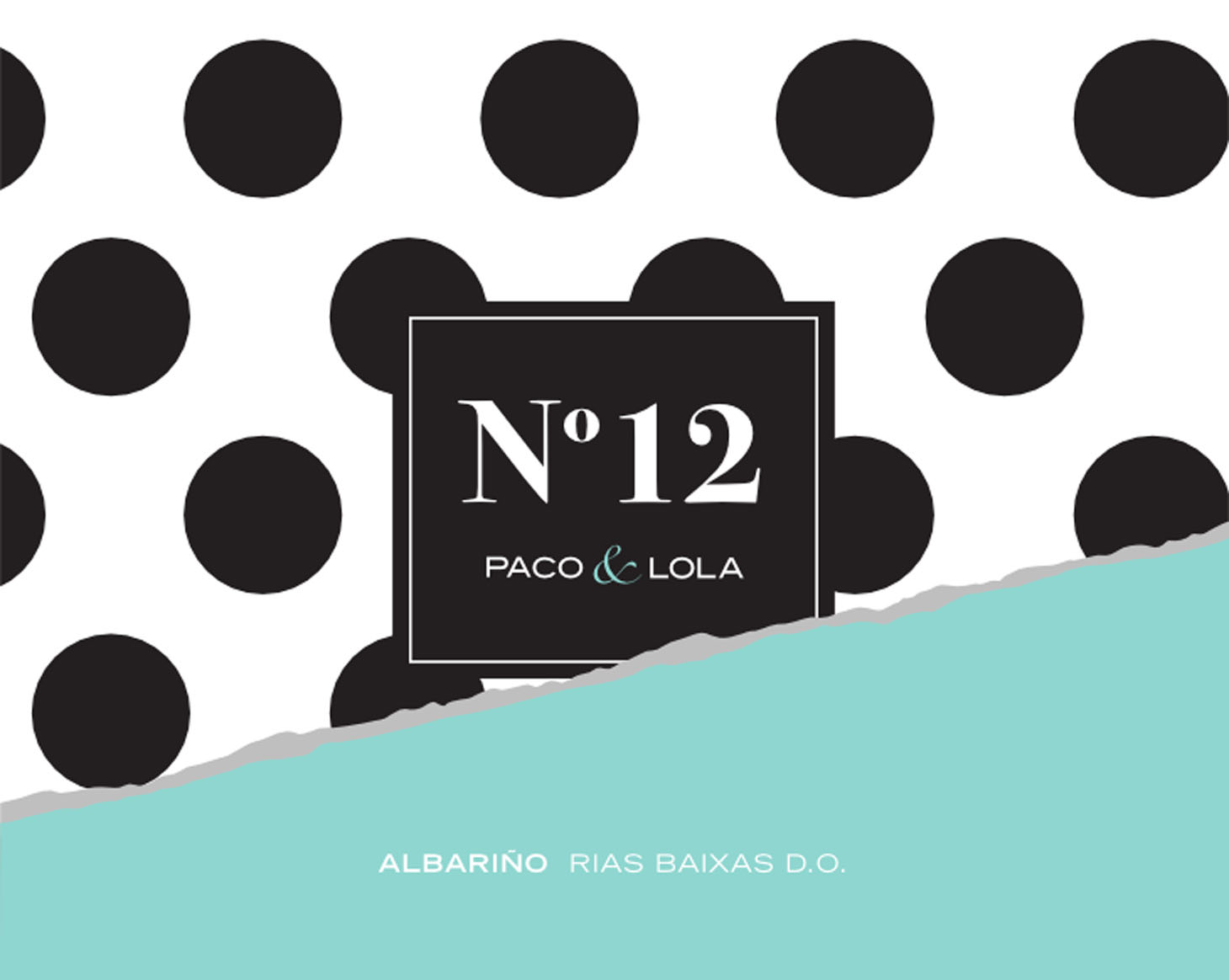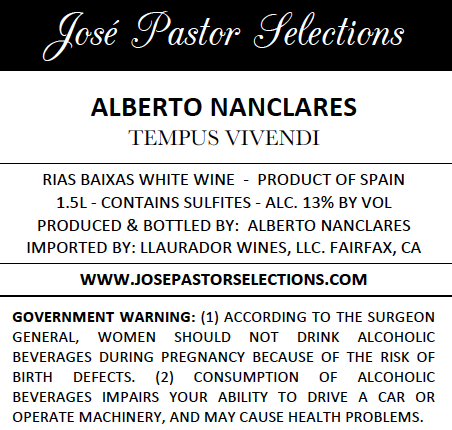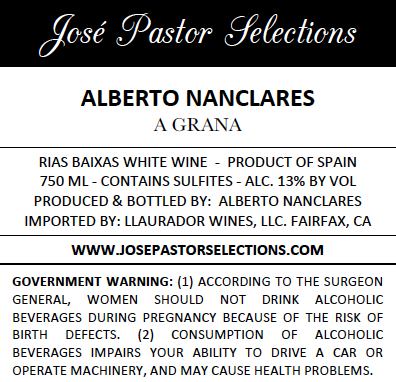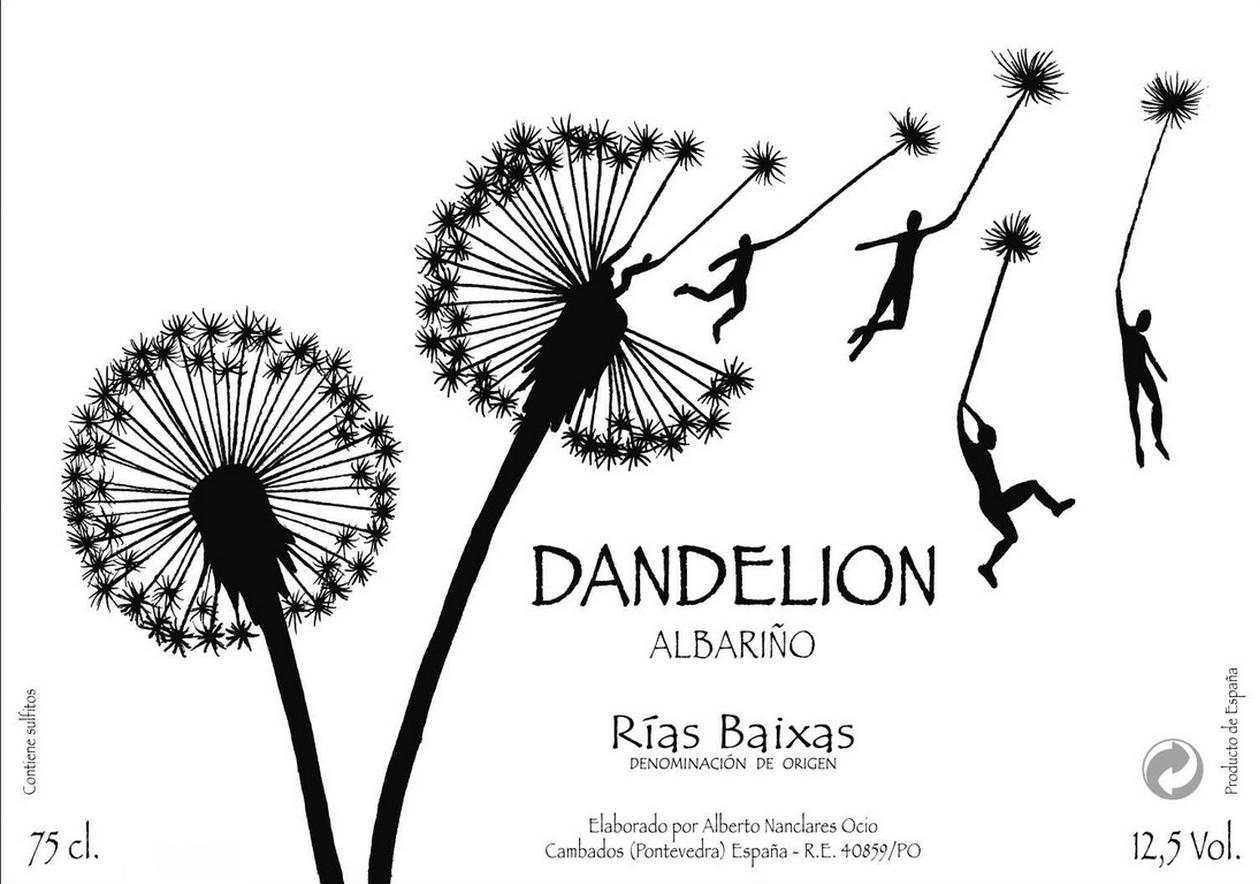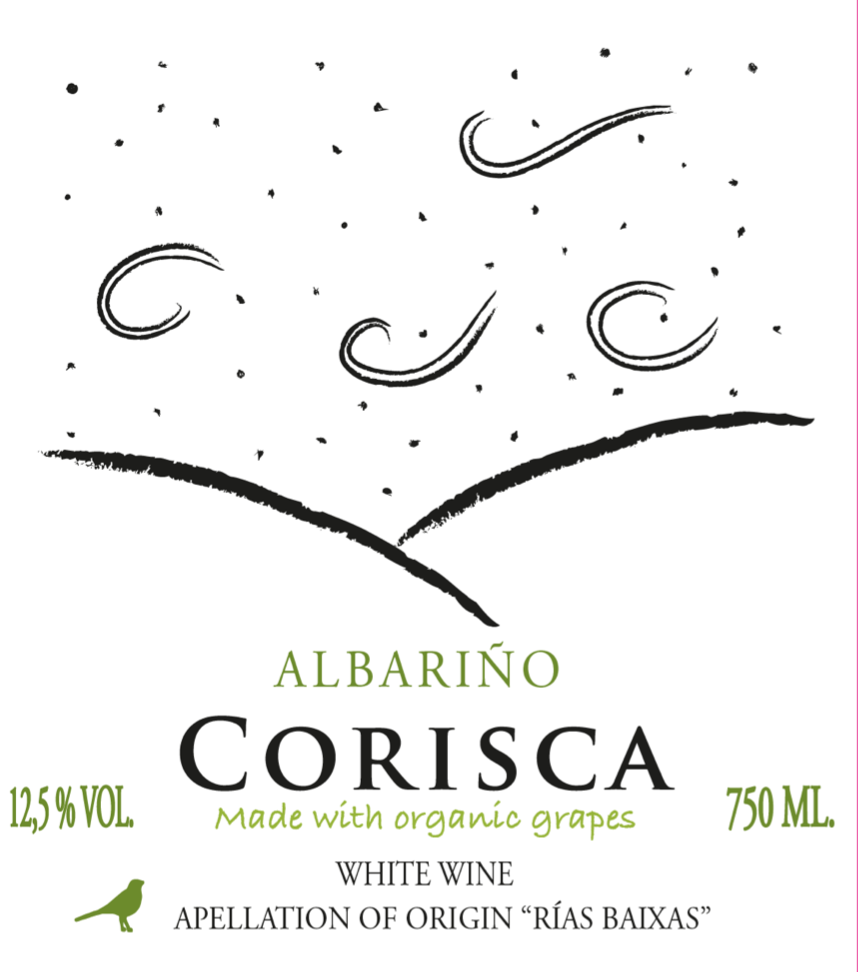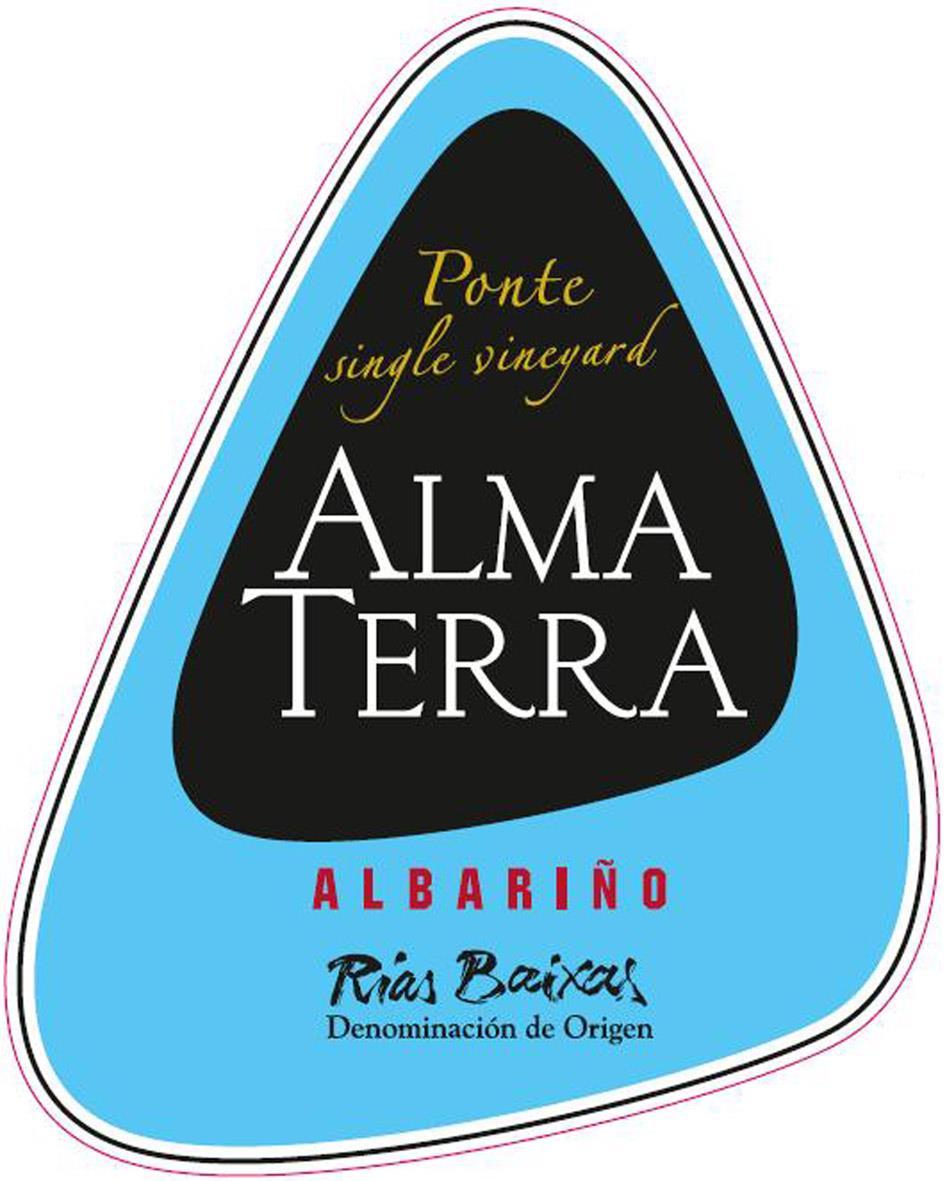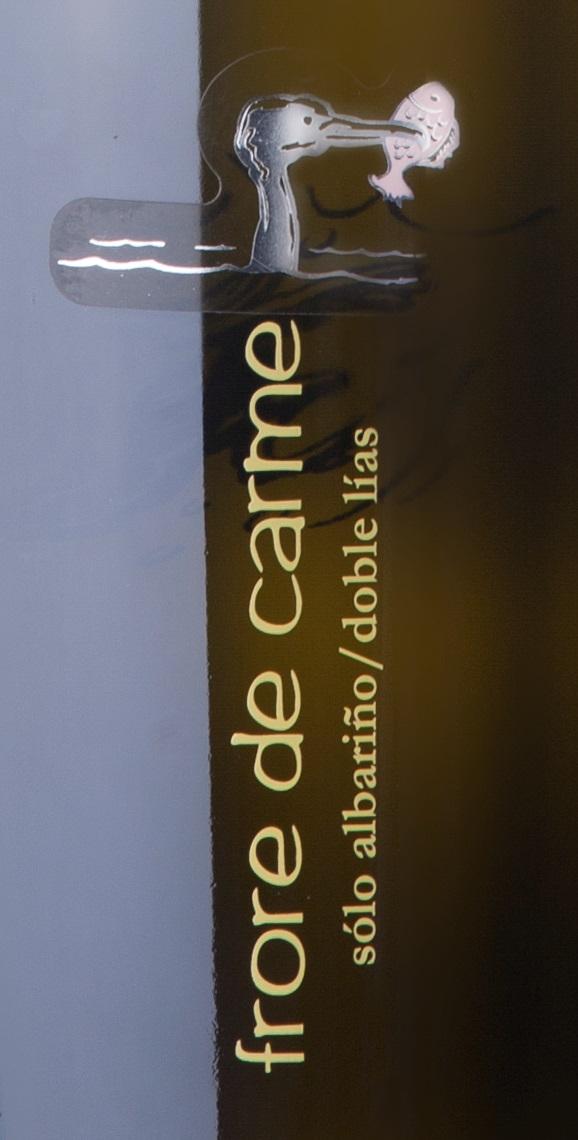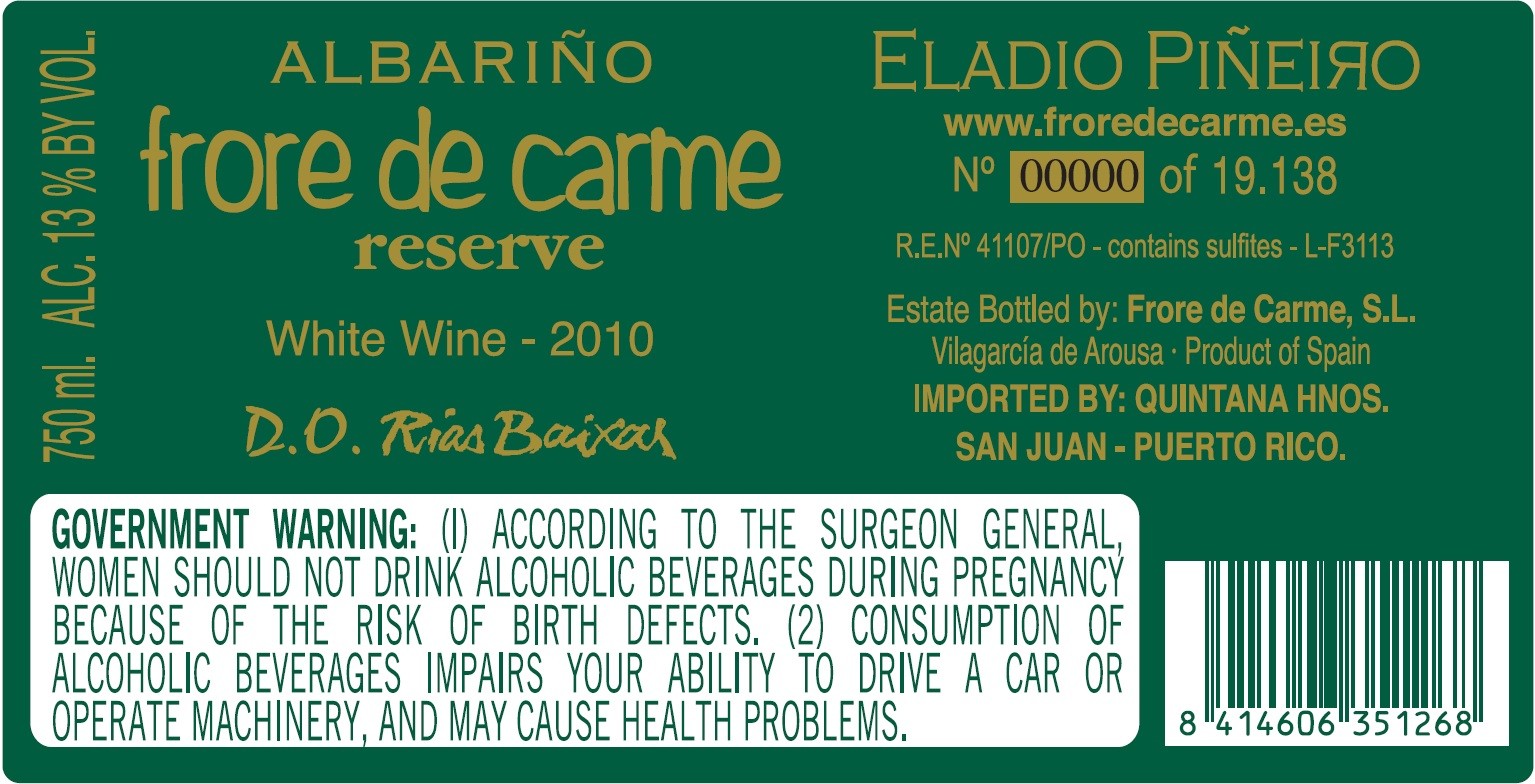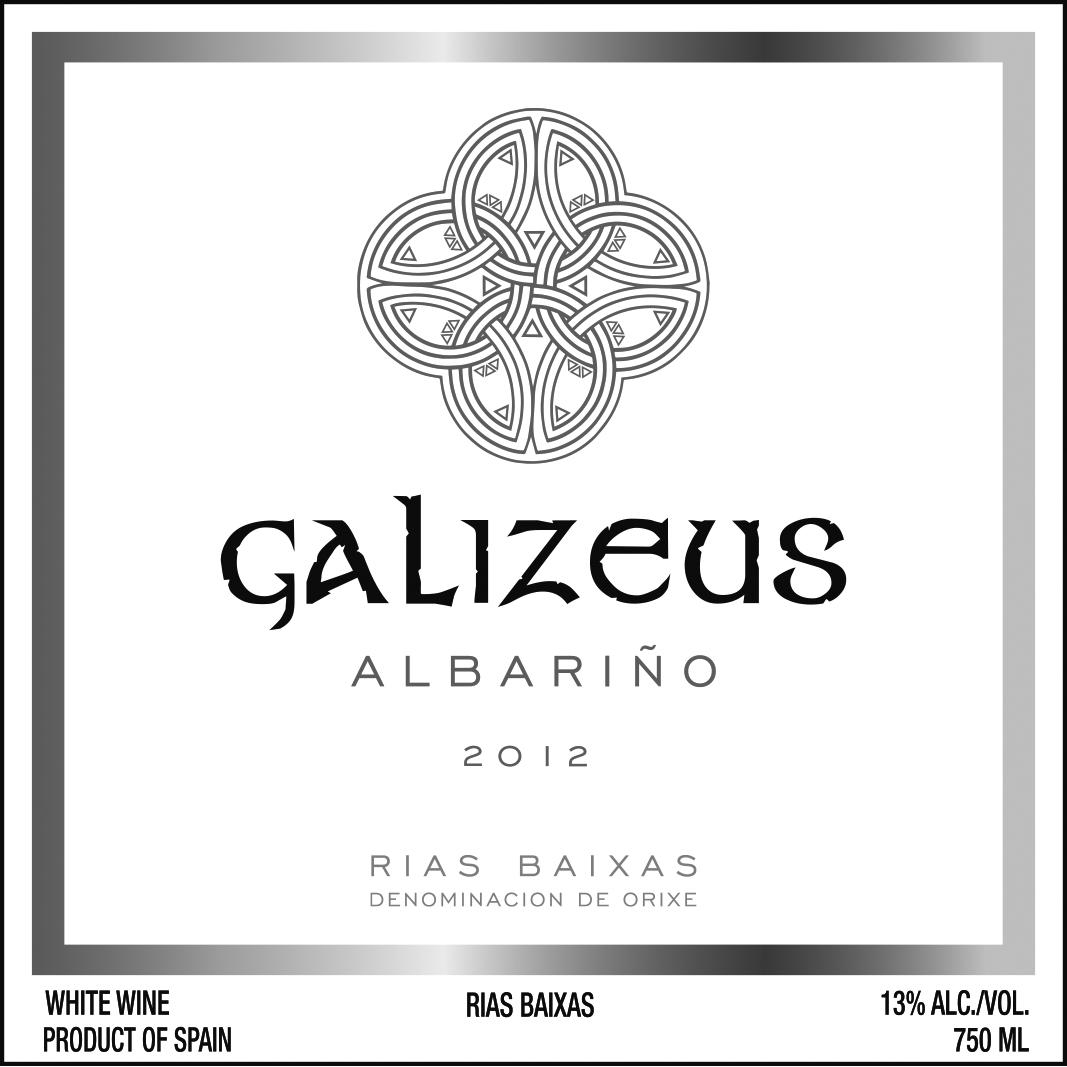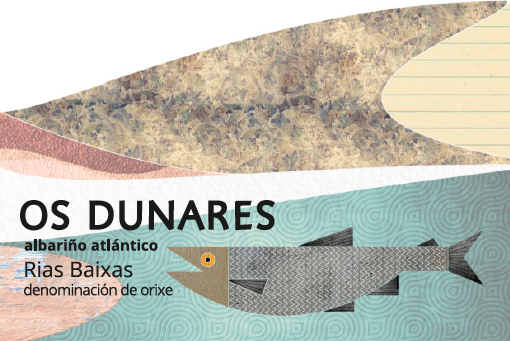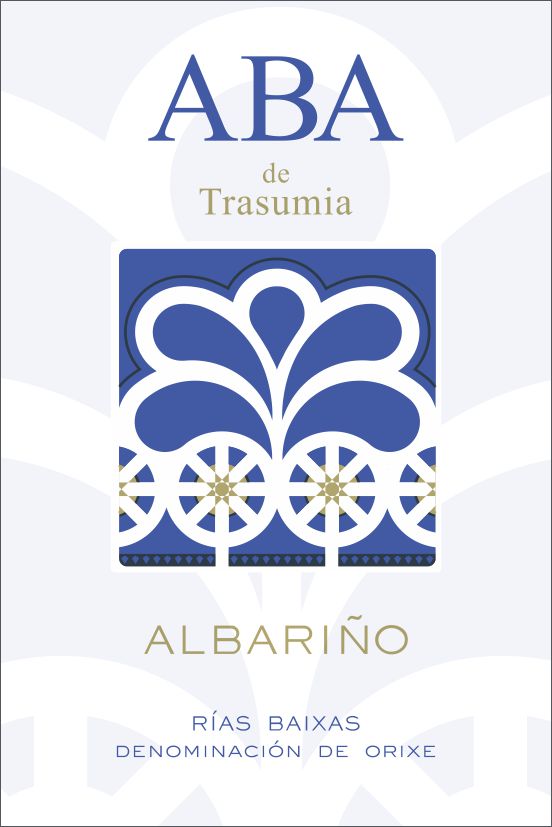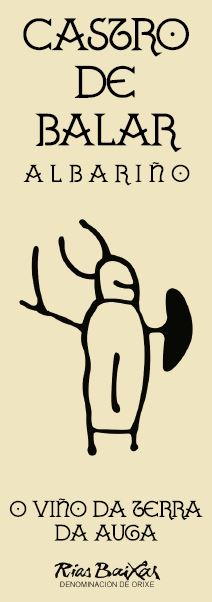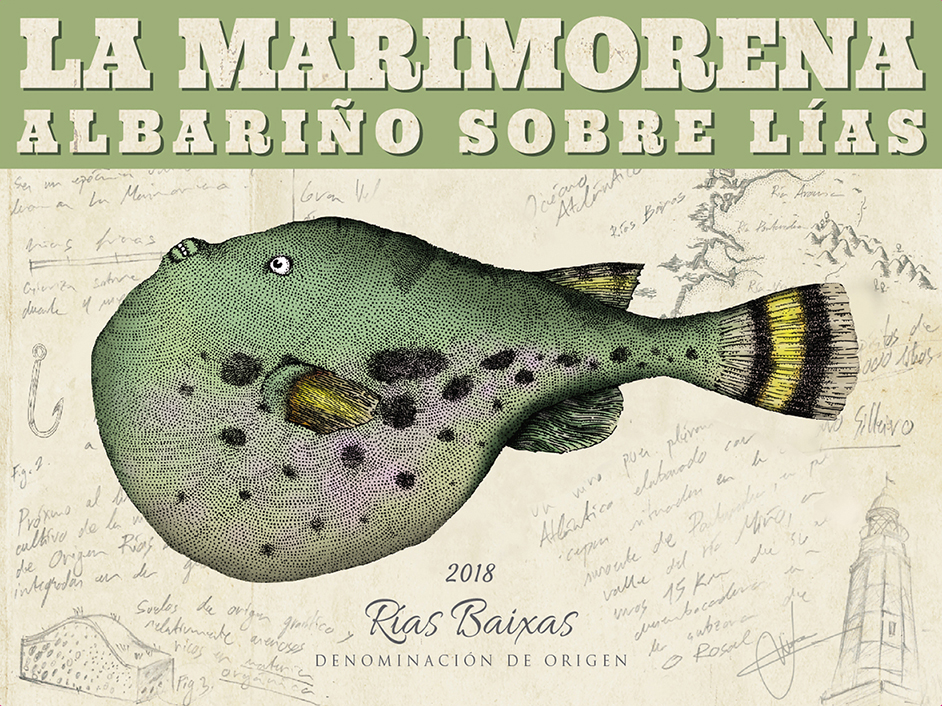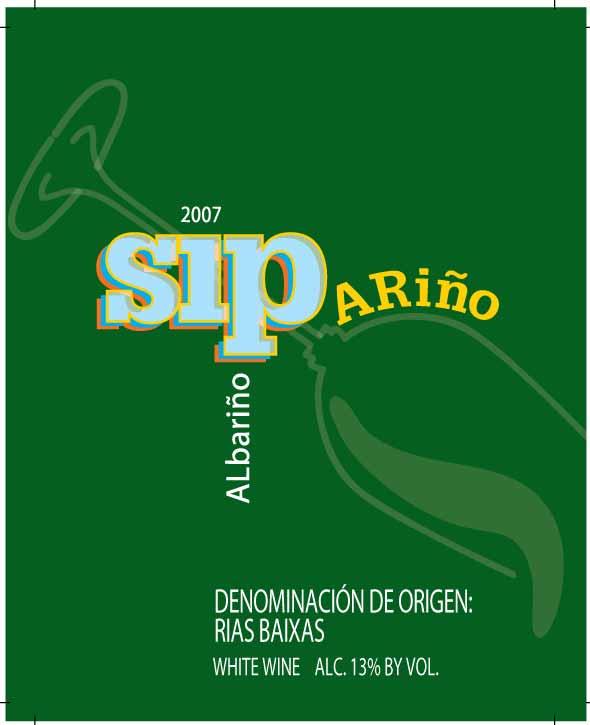Terroir of Galicia
Galicia's vibrant terroir and diverse climate shape its unique wines. Along the coast, an Atlantic climate brings mild, rainy weather, supporting lush greenery and a long growing season. Vines trained on pergolas benefit from improved airflow, crucial in the humid conditions to prevent mildew. The ocean moderates temperatures, allowing grapes like Albariño to ripen slowly, preserving their zesty acidity.
Inland, the climate shifts to more continental, with mountain ranges creating rain shadows. Regions like DO Ribeiro and Ribeira Sacra enjoy sunnier, drier conditions, ideal for red grapes such as Mencía. Valdeorras experiences hot days and cool nights, enhancing Godello's aromatic depth. The varied topography, from sandy granite soils in Rías Baixas to slate terraces in Ribeira Sacra, adds complexity to the wines, resulting in a wide range of styles that showcase the fresh, green character of Galicia.
Notable Wineries in Galicia
Galicia is emerging as a remarkable wine region, blending tradition with innovation across its varied landscapes. Here are some notable wineries making waves:
-
Adegas Galegas: Known for Albariño wines like Veigadares, they blend tradition with modern techniques in Rías Baixas.
-
Bodegas Martín Códax: A cooperative pioneer in Albariño, offering tours paired with Galicia’s seafood delights.
-
Rafael Palacios: Celebrated for Godello wines in Valdeorras, his As Sortes is a standout.
-
Bodegas Terras Gauda: Innovators of Albariño blends, showcasing the grape's complexity in O Rosal.
-
Pazo de Señorans: A family-run estate, highlighting Albariño’s aging potential.
-
Adegas Guímaro: A Ribeira Sacra gem, focusing on single-parcel Mencía wines.
These wineries reflect Galicia’s commitment to quality and its diverse terroirs, crafting wines that captivate global palates.
Sustainable Winemaking in Galicia
Galicia is making strides in sustainable winemaking despite its challenging climate. The traditional parra system, which lifts vines off the ground, naturally reduces the need for fungicides by enhancing airflow. This eco-friendly approach, coupled with the region's small, hand-tended vineyards, limits machinery use and fossil fuel consumption.
Many winemakers embrace organic and biodynamic practices, experimenting with native yeasts and cover crops to boost biodiversity. Some are even achieving Wineries for Climate Protection certification by cutting carbon footprints and managing resources wisely. These efforts align with a growing consumer demand for "natural" wines.
Galician wineries are also collaborating with universities to develop sustainable innovations, such as disease-resistant grape clones. By maintaining traditional methods and adopting modern green practices, Galicia is paving the way for a sustainable wine future while supporting its rural communities.
Wine Tourism in Galicia
Galicia, with its diverse landscapes and rich wine-making heritage, offers a captivating wine tourism experience. From the coastal Rías Baixas to the steep slopes of Ribeira Sacra, each region provides a unique journey through its vineyards.
-
Rías Baixas Wine Routes: Traverse Albariño vineyards, enjoying Atlantic views and seafood pairings.
-
Albariño Festival in Cambados: Celebrate with local wine, parades, and seafood delights.
-
Ribeira Sacra Canyon Tours: Discover terraced vineyards and ancient monasteries by catamaran or train.
-
Wine & Monasteries Trail: Explore medieval sites and savor local wines in historic settings.
Galicia's wine tourism blends stunning scenery with cultural and historical richness, offering something for every wine lover.



